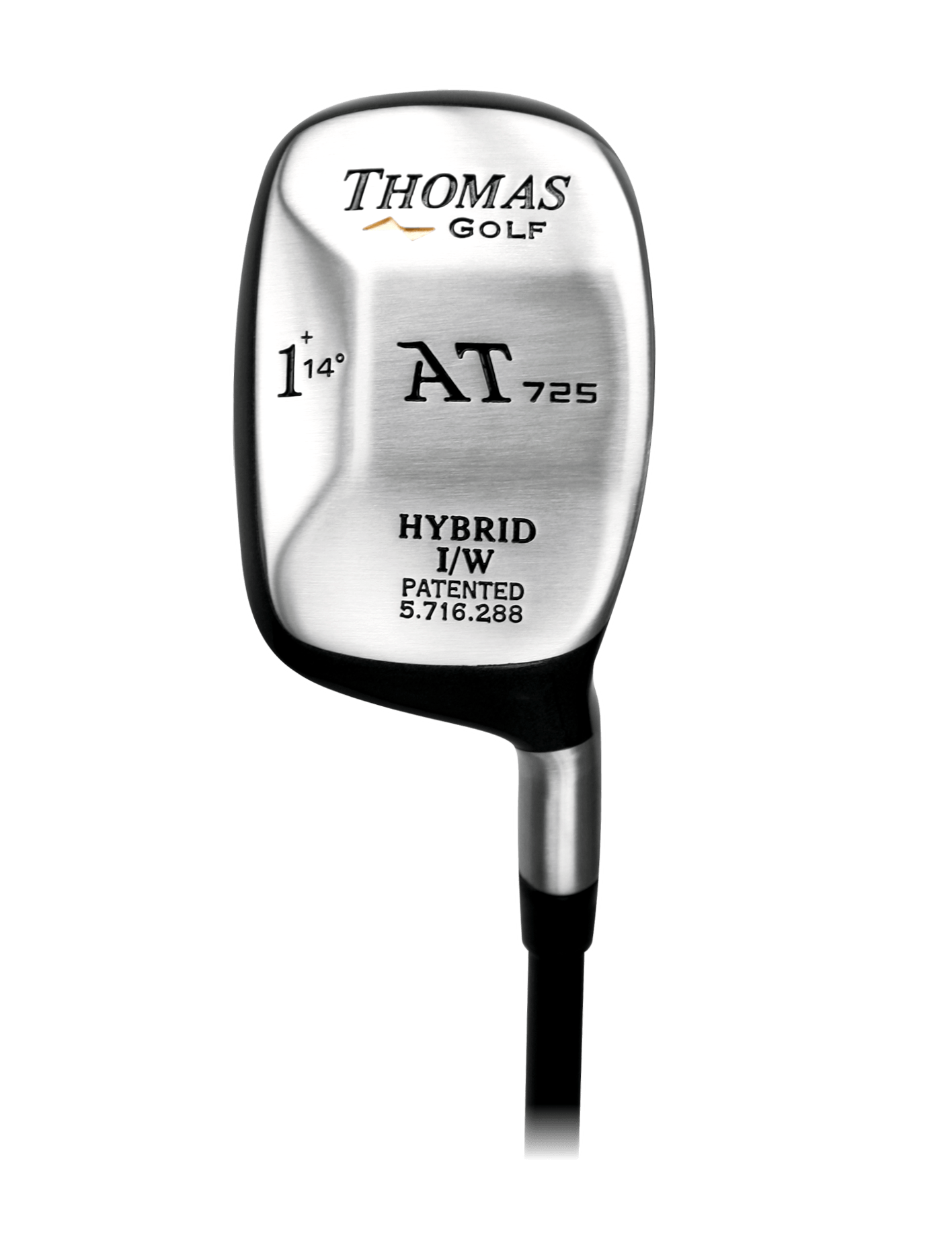The half golf swing, also known as the three-quarter swing, is a valuable technique that can be used in various situations on the golf course. It allows you to control distance, trajectory, and accuracy, making it a useful shot to have in your arsenal. In this guide, we will explore how to play the half golf swing effectively and provide tips to improve your execution.
Understanding the Half Golf Swing: The half golf swing refers to a swing that stops at a point where the club is approximately parallel to the ground on the backswing and follow-through. It is shorter than a full swing but longer than a chip or pitch shot. The purpose of the half swing is to generate controlled power while maintaining accuracy and consistency.
Benefits of the Half Golf Swing: The half golf swing offers several advantages for golfers of all skill levels:
- Distance Control: By shortening the swing, you have better control over the distance the ball travels. This is especially useful when you need to hit a specific yardage.
- Trajectory Control: With a half swing, you can adjust the trajectory of the ball to achieve a lower or higher flight, depending on the situation. This can be helpful when dealing with obstacles or windy conditions.
- Accuracy: The shorter swing allows for better control of the clubhead, leading to increased accuracy. It can help you hit more consistently and avoid costly mistakes.
- Versatility: The half swing can be used with various clubs, from wedges to long irons or even hybrids. It is a versatile shot that can be adapted to different situations on the course.
Tips for Playing the Half Golf Swing:
- Setup: Start by positioning the ball slightly back in your stance, closer to the center. This promotes a steeper angle of attack and helps you strike down on the ball.
- Grip Pressure: Maintain a relaxed grip pressure throughout the swing. Squeezing the club too tightly can hinder your fluidity and prevent a smooth swing.
- Takeaway: Initiate the backswing by turning your shoulders while maintaining a stable lower body. Keep your wrists firm and avoid excessive wrist hinge.
- Backswing Length: Control the length of your backswing to reach the desired position where the club is parallel to the ground. This may vary depending on the club and desired shot distance.
- Transition: Transition smoothly from the backswing to the downswing by initiating the downswing with a gentle shift of your weight from the back foot to the front foot. Maintain a steady tempo throughout the swing.
- Impact: Focus on maintaining a solid impact position with your hands slightly ahead of the ball. This promotes a descending strike and helps generate consistent ball contact.
- Follow-Through: Complete the swing with a balanced and controlled follow-through. Allow your body to rotate naturally and let the club swing to a balanced finish.
- Practice: Like any golf shot, mastering the half swing requires practice. Spend time at the range or practice area working on your technique and getting comfortable with the shorter swing length.
When to Use the Half Golf Swing:
The half golf swing can be used in various situations on the golf course:
- Approach Shots: When you need to hit a specific distance to reach the green, the half swing can provide the necessary control and accuracy.
- Trouble Shots: In situations where you have limited space or need to avoid obstacles, the half swing allows you to make precise shots and minimize the risk of further trouble.
- Pitching and Chipping: The half swing is also useful for shorter shots around the green, providing you with better control over trajectory and distance.
- Difficult Lies: When faced with a challenging lie, such as in the rough or a bunker, the half swing can help you navigate through these situations with more control and accuracy.
In conclusion, the half golf swing is a valuable technique that can enhance your game by providing distance control, trajectory control, and increased accuracy. By practicing and mastering the fundamentals, you can effectively execute the half swing and add versatility to your shot-making abilities. Incorporate the half swing into your practice sessions and on-course strategy to improve your overall performance and lower your scores.
Update:
Benefits of a Three-Quarter Golf Swing:
- Controlled Power:
- A three-quarter swing allows for a balance between power and control. You can generate sufficient power while maintaining accuracy, which is crucial for consistent ball-striking.
- Increased Accuracy:
- The shorter backswing and follow-through in a three-quarter swing make it easier to control the clubface, leading to increased accuracy. This is particularly beneficial in challenging situations or when accuracy is prioritized over distance.
- Versatility:
- A three-quarter swing is versatile and can be applied to various situations on the golf course. It's effective for approach shots, tee shots on tight fairways, and shots around the green.
- Consistency:
- The shorter swing often results in a more repeatable and consistent motion. Consistency is essential for developing a reliable and effective golf swing.
- Better Timing:
- A three-quarter swing requires precise timing, helping golfers develop a better sense of the club's position throughout the swing. This can lead to improved overall timing and coordination.
- Adaptability to Conditions:
- In challenging weather conditions or situations where a full swing might be risky, a three-quarter swing provides adaptability. Golfers can modify their swing based on the circumstances.
- Reduced Tension:
- Shortening the swing can reduce tension in the muscles, promoting a smoother and more controlled motion. This can be especially helpful for golfers who struggle with tension in their swings.
- Easier to Repeat Under Pressure:
- The simplicity of a three-quarter swing makes it easier to repeat under pressure situations, such as during a competitive round or when facing a critical shot.
- Better Ball Striking:
- With improved control and accuracy, golfers often experience better ball-striking when employing a three-quarter swing. This can lead to more greens in regulation and shorter putts.
- Ideal for Specialty Shots:
- Golfers can use the three-quarter swing for specialty shots, such as punch shots, knockdowns, and controlled fades or draws. It adds a layer of shot-making versatility to a golfer's repertoire.
10 Q&A on a Three-Quarter Golf Swing:
- Q: When is it advisable to use a three-quarter swing on the golf course?
- A: A three-quarter swing is advisable in situations where accuracy is crucial, such as approach shots, tight fairways, or challenging weather conditions.
- Q: How does a three-quarter swing differ from a full swing in terms of club selection?
- A: A three-quarter swing may result in less distance compared to a full swing. Golfers may choose a slightly longer club to compensate for the reduced power.
- Q: Can a three-quarter swing be effective with all clubs in the bag?
- A: Yes, a three-quarter swing can be effective with all clubs. It provides versatility for various shot types, from irons to wedges.
- Q: Does a three-quarter swing require a different setup or stance?
- A: The setup and stance for a three-quarter swing are similar to a full swing. The key adjustments occur in the length of the backswing and follow-through.
- Q: How can golfers practice and develop a consistent three-quarter swing?
- A: Golfers can practice a three-quarter swing on the range, focusing on controlled backswing and follow-through. Video analysis and feedback from a coach can be valuable.
- Q: Does a three-quarter swing help in controlling the trajectory of the ball?
- A: Yes, a three-quarter swing provides better control over the trajectory. Golfers can adjust the angle of attack to control the height of the shots.
- Q: Can a three-quarter swing help prevent slices or hooks?
- A: Yes, a three-quarter swing with proper mechanics can help reduce the likelihood of slices or hooks. It promotes a more neutral club path.
- Q: Is a three-quarter swing recommended for beginners or more experienced golfers?
- A: A three-quarter swing is beneficial for golfers of all levels. Beginners can focus on control, while experienced golfers can add shot-making versatility to their game.
- Q: Can golfers generate enough power with a three-quarter swing for longer shots?
- A: While a three-quarter swing may sacrifice some distance, golfers can still generate ample power for most situations. The trade-off is improved accuracy.
- Q: Are there specific drills to help golfers transition to a three-quarter swing?
- A: Yes, drills such as the “9-to-3 Drill” or “Half Swing Drill” can help golfers practice and develop a consistent three-quarter swing.
Remember, individual preferences and swing characteristics vary, and golfers may find that a three-quarter swing suits their game based on personal comfort and performance. It's recommended to work with a golf instructor for personalized guidance and feedback.





